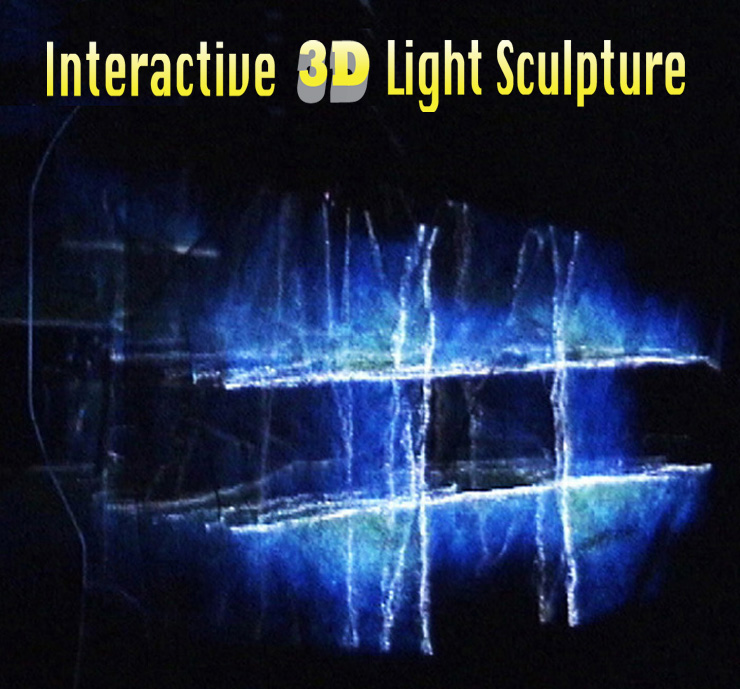In February of 2012, The Old Bakery & Emporium, a historic national landmark (built in 1876) installed a new comprehensive interpretive display on the history of Austin from 1730 to 1930.
Located across the street from The Texas Capitol, the building commands and in important place in the history of Austin.
A year in the making, the exhibit was a collaborative effort between the Old Bakery's Guild, the "History, Arts & Nature Division" as well as Senior Programs of the Austin Parks & Recreation Department. The exhibit attempts to humanize history as it depicts the families that lived and worked at the bakery while the city grew and changed beneath their windows.
The Texan Capitol is visible through the windows of the exhibit. The Old Bakery & Emporium has served many functions since it was built. It is currently an Austin Parks & Recreation facility which serves as a visitors information center and the senior community by providing a retail outlet for handmade arts & crafts made by its members over 50.
.
The exhibit looking at the entry from the stairwell. The archway at the left leads to a new art gallery with juried shows changing approximately every month.
The exhibit looking towards the windows facing Congress Avenue, Austin's main street and the balcony from which the baker's and their families watched the city's history unfold.
This panel depicts the history of the Lundberg -Maerki historical collection and the story of its significance.
This panel depicts the life of the founder, Karl Lunberg from his arrival in Austin in the early 1870's to his death in 1895. It shows photos of the Old Texan Capitol before its destruction from fire in 1881. Also depicted, is a current photo of the Swedish Log Cabin (perhaps Austin oldest structure, 1838), built to house Swedish immigrants, like Lundberg, who arrived in Texas by the thousands. The cabin now sits on the grounds of the Zilker Botanical Gardens, a short bus ride from the The Bakery.
Every attempt was made to humanize history for the visitor. In this panel, Lundberg's business life is depicted as his statue in the community grew from his modest arrival to a prosperous and respected businessman.
This the Exhibit Title Panel.
This panel depicts the life of The Old Bakery's second generation, Mearki whom indeed did arrive in Austin penniless and went to work for Lundberg. He soon married his young wife, Anna and began a family here. An amateur photographer, his daughter Minna May is credited with preserving this outstanding photo collection.
This panel depicts the life of O. Henry, the famous author and his connection to The Old Bakery. Each year thousands of his fans visit Austin to see his museum here. They also visit the The Old Bakery, the alleged inspiration for his short story, "Witches Loaves". Click on link below to view short story.
http://www.literaturecollection.com/a/o_henry/156/
His time in Austin was bitter sweet. He worked here, published a humor magazine and started a family. He was also convicted of embezzlement, and watched his wife and baby daughter die before serving time in federal prison. He died penniless in New York City at the age of of 49, but has since achieved an immortality as one the world's best read authors.
The two" Life-way Panels" depicts how the social fabric of Austin changed and grew. The city achieved greater prominence after the arrival of the railroad in 1871.
This Panel depicts how women were among the first to embrace modern technologies (telephone, typewriter and sewing machine). Women for the first time were allowed to persue higher education and achieve importance outside the home. Austin's African-American and the Mexican American communities also grew and developed their respective cultures during this period of segregation. The Parks & Recreation Department was founded and provided important outlets for citizens' needs and fostered and increased sense of community.
Austin's urban life also advanced during this period, cultural and sporting events created an authentic Austin identity which endures to this day. The Colorado River was also tamed with a series of dams which allowed the city to electrify and control devastating floods.
